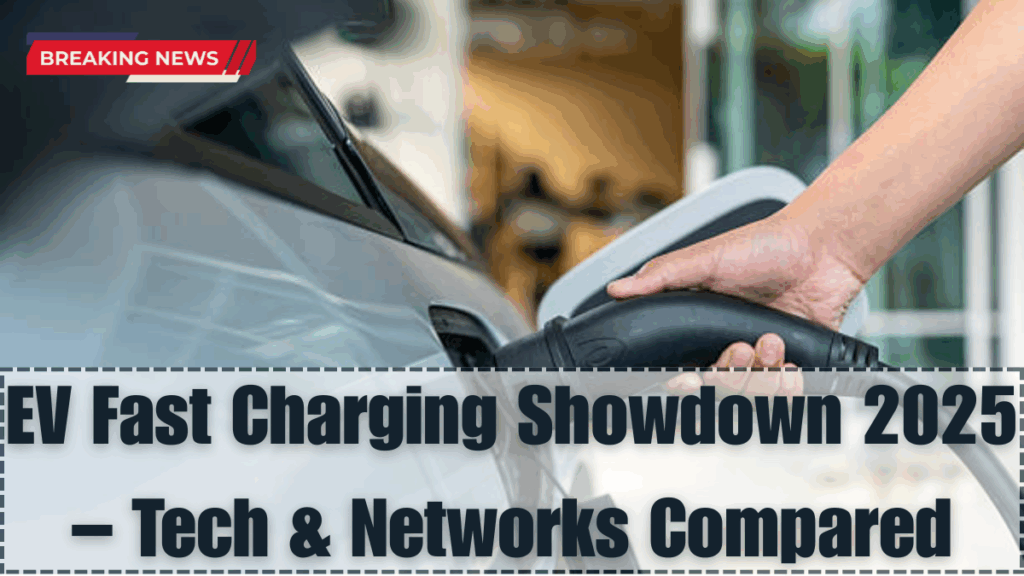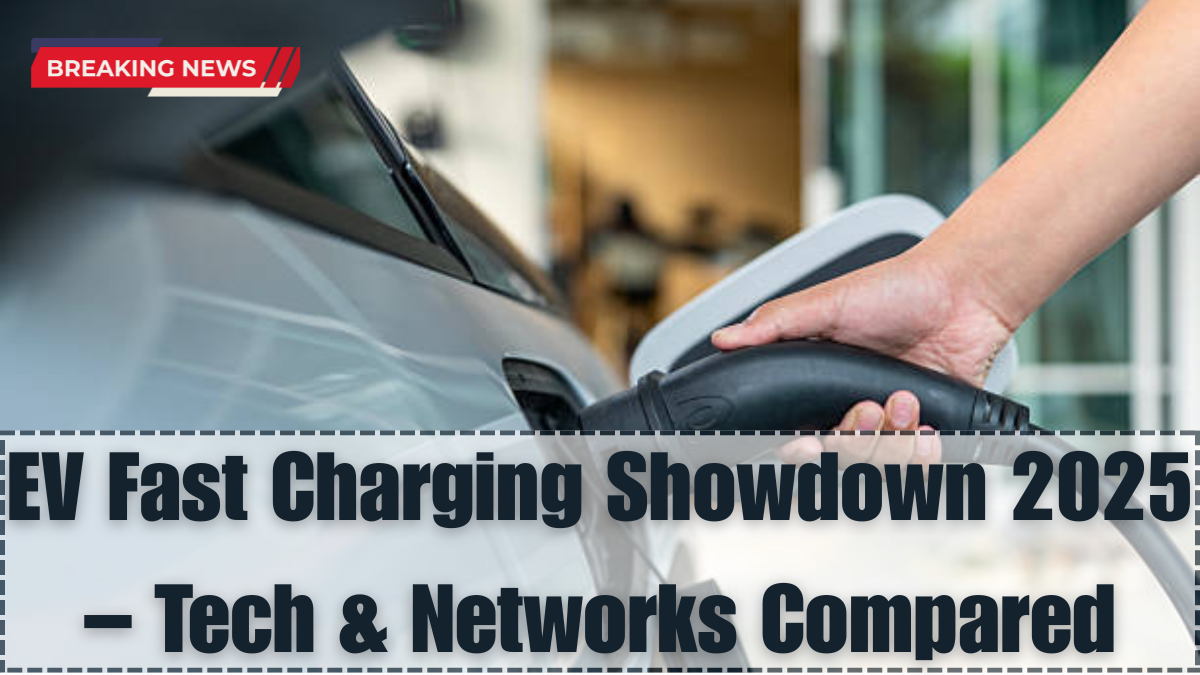India’s electric mobility revolution is being fueled not just by better cars but by EV rapid chargers India that make owning an electric vehicle more practical than ever. In 2025, a new generation of high-performance charging networks and protocols are redefining how quickly and efficiently EVs can be powered. From Tesla-style superchargers to globally adopted CCS and ChadeMO, and now the growing promise of V2G (Vehicle-to-Grid) systems—charging is no longer just a utility, it’s a competitive tech arena.
Understanding the evolving EV charging tech landscape is crucial for both consumers and industry stakeholders as infrastructure scales nationwide.

Major Fast Charging Standards in India
In 2025, Indian EV users encounter a variety of fast-charging options. Each comes with its own speed benchmarks, compatibility, and technological advantages. The most common standards are:
-
CCS2 (Combined Charging System) – The most widely adopted protocol in India for 4-wheelers
-
ChadeMO – A Japanese standard mostly used by older Nissan and Mitsubishi EVs
-
Tesla’s Supercharger Type 2 (Modified) – Introduced via limited installations in premium networks
-
GB/T (Chinese Standard) – Used mainly by commercial fleets and state EV buses
-
AC Fast Charging – Slower than DC, but still widely available
Here’s a quick comparison of these EV rapid chargers India:
| Charger Type | Max Power Output | Avg Time (0–80%) | Compatibility |
|---|---|---|---|
| CCS2 | 50–350 kW | 20–45 min | Tata, Hyundai, MG, Kia |
| ChadeMO | Up to 100 kW | 45–60 min | Nissan, older EVs |
| Tesla (Mod) | Up to 250 kW | 25–40 min | Tesla India |
| GB/T | 60–200 kW | 30–60 min | Commercial buses |
| AC Type 2 | Up to 22 kW | 3–5 hours | All EVs (backup mode) |
India’s Leading Charging Networks in 2025
Fast-charging isn’t just about speed—it’s about accessibility, pricing, and reliability. In 2025, several networks dominate the EV charging tech space:
-
Tata Power EZ Charge – India’s largest public network with 4,000+ DC fast chargers
-
Ather Grid 3.0 – Compact, urban-focused, known for 2W and 3W support
-
Jio-BP Pulse – Aggressive metro expansion, offering both CCS2 and GB/T
-
Fortum Charge & Drive – Focused on premium hubs and highways
-
Ultraviolette UV Lync – Advanced two-wheeler and universal charging access
Each of these providers supports app-based discovery, live status updates, and subscription or pay-per-use models.
Vehicle-to-Grid (V2G) – The Future of Charging?
One of the most exciting evolutions in EV charging tech is V2G (Vehicle-to-Grid) technology, which allows EVs to not just draw power but send it back to the grid.
Benefits of V2G:
-
Energy cost savings through bidirectional power flow
-
Grid stabilization during peak hours
-
Backup power for homes or offices during outages
-
Supports renewable energy integration for smart cities
Though still in early-stage trials in India, V2G-ready chargers are being installed in Bengaluru and Pune through pilot programs led by Tata Power and Indian Oil.
Government Push and Policy Support
To support the expansion of EV rapid chargers India, the government has introduced several 2025 measures:
-
FAME III Subsidy covering up to 60% cost of DC fast charger installations
-
Mandatory fast-charging stations on all National Highways every 25 km
-
Standardization of CCS2 as the default for new 4W passenger vehicles
-
Discom-led public charging incentives for residential apartments and malls
These policies are fast-tracking both private and public sector investment into next-gen EV charging tech.
FAQs
What is the fastest EV charging standard in India?
CCS2 is currently the fastest and most widely supported fast-charging standard in India, delivering up to 350 kW.
Are Tesla superchargers available in India?
Yes, but they are limited to premium corridors and are being rolled out through select partnerships and hubs.
What is the difference between AC and DC fast charging?
DC chargers deliver direct current at higher speeds, charging EVs in under an hour, while AC chargers take several hours and are used more for overnight charging.
What is V2G technology?
V2G (Vehicle-to-Grid) allows EVs to supply power back to the grid or homes, improving energy efficiency and offering cost savings.
Which companies provide fast-charging networks in India?
Tata Power, Ather, Jio-BP Pulse, Fortum, and Ultraviolette are among the leading players offering fast-charging infrastructure across India.
Click here to know more.
Pari is a passionate writer known for captivating stories that blend imagination and reality. Inspired by travel, history, and everyday moments, Pari crafts narratives that resonate deeply with readers.
